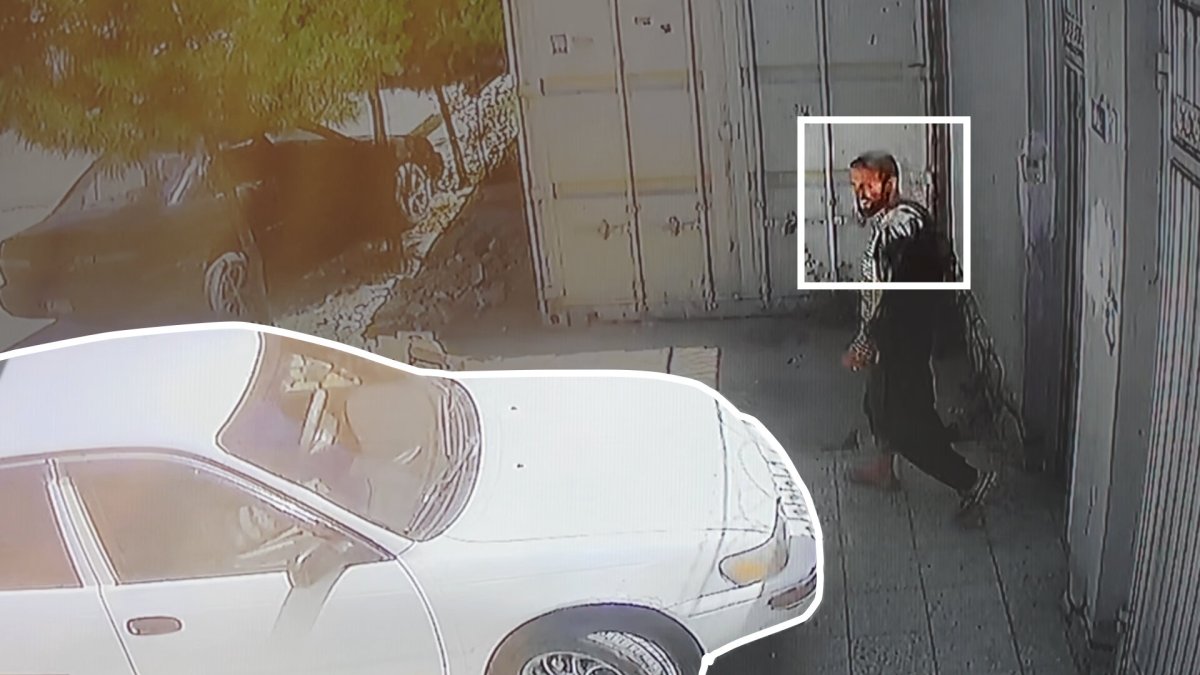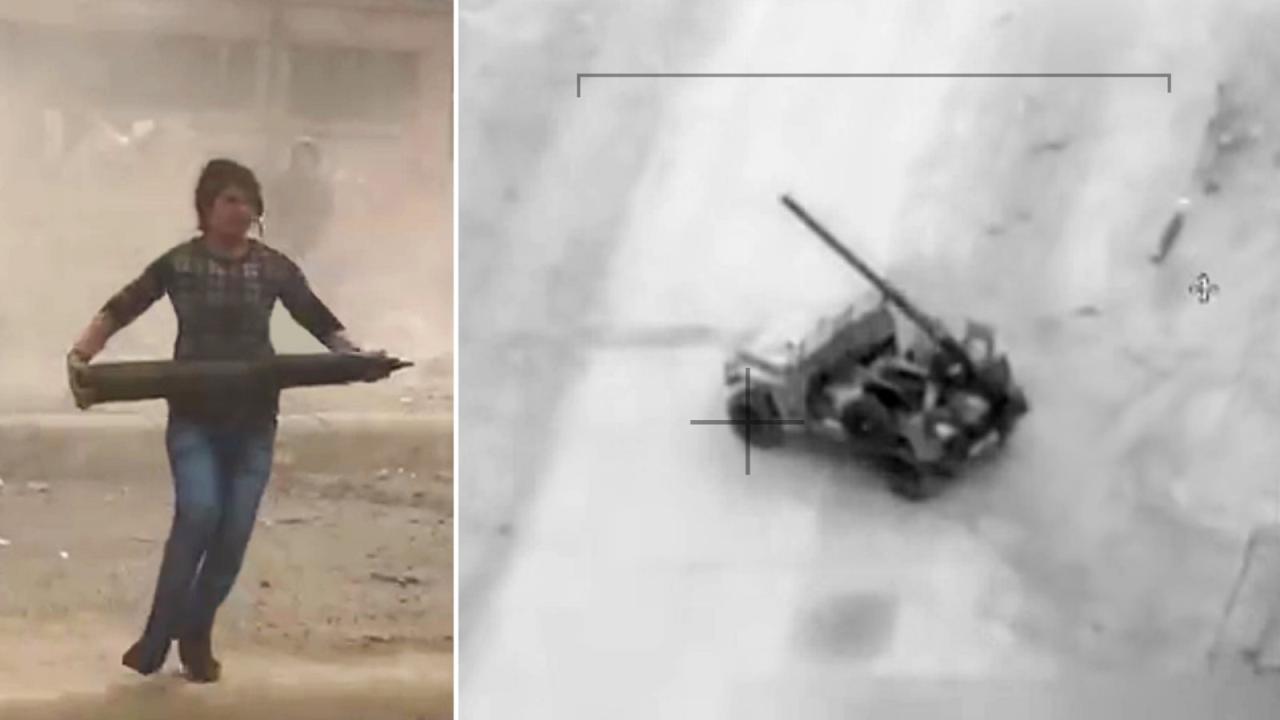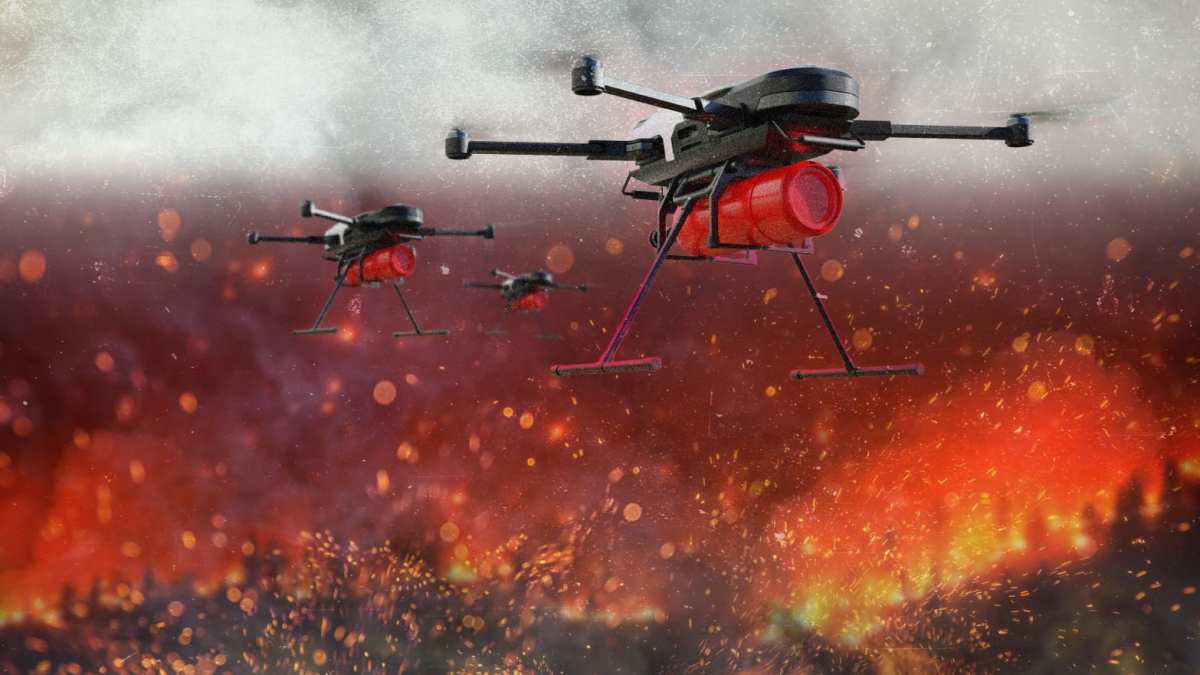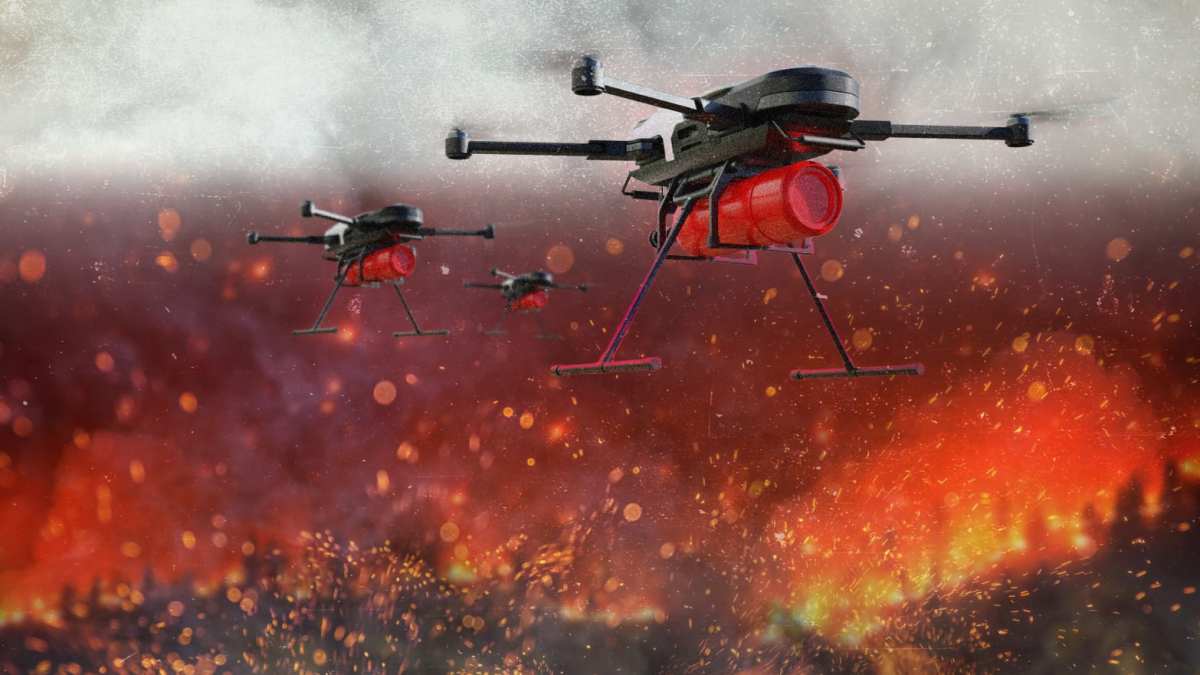Drone hits firefighting plane—a scenario that sounds like science fiction, but is a growing reality. This alarming possibility presents significant risks to both firefighters and the public, highlighting the urgent need for improved safety protocols and technological advancements. We’ll explore the causes, consequences, and potential solutions to this increasingly dangerous intersection of technology and emergency response.
This article delves into the specifics of drone-firefighting aircraft collisions, examining real-world incidents, analyzing the contributing factors, and investigating the legal and safety implications. We’ll look at the various types of drones and aircraft involved, the potential damage inflicted, and the preventative measures that can be implemented to mitigate the risk of future occurrences. We’ll also explore technological solutions, including advanced detection systems and improved air traffic management, to enhance safety and prevent tragic accidents.
Drone Strikes on Firefighting Aircraft: A Comprehensive Overview: Drone Hits Firefighting Plane
The increasing use of drones alongside the critical role of firefighting aircraft presents a concerning intersection. This article explores the potential for collisions between drones and firefighting aircraft, analyzing the causes, consequences, and potential technological solutions to mitigate this emerging risk.
Incident Overview
A drone striking a firefighting aircraft is a serious incident that could occur in various locations, including wildfire zones where both drones and firefighting aircraft are actively deployed, or even in densely populated urban areas where drones might be unexpectedly present. The types of drones involved can range from small, commercially available models to larger, more sophisticated systems. Similarly, firefighting aircraft vary significantly in size and capability, from smaller air tankers to large helicopters equipped with water buckets or retardant systems.
So, a drone hit a firefighting plane, right? That’s a serious safety issue, especially considering the vital role these planes play. To understand the technology involved in aerial firefighting, check out the specs of the quebec 1 plane ; it’s a good example of the sophisticated equipment used. Then you’ll really appreciate how dangerous drone interference can be for these critical missions.
A collision could involve a DJI Mavic, a relatively small consumer drone, colliding with a large air tanker like an Air Tractor AT-802, resulting in significant damage to both.
| Component | Potential Drone Damage | Potential Firefighting Aircraft Damage |
|---|---|---|
| Structure | Complete destruction | Wing damage, rotor damage (helicopters), fuselage damage |
| Electronics | Total system failure | Damage to flight control systems, navigation equipment |
| Payload | Complete loss | Damage to water/retardant tanks, fire suppression systems |
| Operational Capability | Unusable | Reduced or complete loss of operational capability |
Causes and Contributing Factors
Several factors contribute to the risk of drone-aircraft collisions. These incidents could stem from pilot error on either the drone or aircraft side, drone malfunctions leading to uncontrolled flight, or a lack of effective air traffic management systems for unmanned aerial vehicles (UAVs) in areas with active firefighting operations. Robust regulations and safety protocols are essential for preventing these occurrences.
- Inadequate drone operator training and awareness of airspace restrictions.
- Malfunctioning drone GPS or control systems.
- Lack of real-time drone tracking and monitoring systems for air traffic control.
- Insufficient communication and coordination between drone operators and firefighting aircraft pilots.
- Inadequate enforcement of existing drone regulations.
Drone operators bear the responsibility for safe and legal operation of their devices, while firefighting aircraft pilots must maintain situational awareness and adhere to established flight procedures. Clear lines of responsibility are crucial.
A drone hitting a firefighting plane? Crazy, right? This kind of incident highlights the urgent need for better drone safety regulations. Check out this insightful game changer review on advanced drone detection systems – it could be a game-changer for preventing future accidents involving firefighting aircraft and drones. Ultimately, preventing these collisions is key to ensuring the safety of our firefighters and the effectiveness of their crucial work.
Safety Implications and Consequences

The consequences of a drone striking a firefighting aircraft can be severe, ranging from minor damage to catastrophic failure resulting in injury or death. The impact on firefighting operations could be significant, delaying or disrupting crucial efforts to contain a wildfire or respond to other emergencies. Legal ramifications for negligent drone operators could include substantial fines and even criminal charges.
A comprehensive safety campaign is vital. This campaign should educate drone operators on the dangers of operating near aircraft, emphasizing the importance of checking airspace restrictions before flight, maintaining visual line of sight, and adhering to all applicable regulations.
Crazy news – a drone actually hit a firefighting plane! It’s a reminder that even seemingly unrelated events can impact us. For example, thinking about the financial side of things, you might want to check out info on 2025 mortgage renewal canada to stay on top of your finances while dealing with unexpected events like this.
Hopefully, the plane and its crew are okay after that drone incident.
Technological Solutions and Advancements

Several technological solutions are emerging to prevent drone-aircraft collisions. These include advanced drone detection systems that can identify and track drones in real-time, integrating drone traffic data into existing air traffic management systems, and equipping aircraft with collision avoidance technology. However, the feasibility of implementing these technologies varies across different environments due to factors like terrain, weather conditions, and the density of drone traffic.
| Technology | Description | Feasibility | Limitations |
|---|---|---|---|
| Drone Detection Systems (Radar/LIDAR) | Systems that detect and track drones using radar or LIDAR technology. | High in controlled airspace, lower in complex terrain | Potential for false positives, limited range in some systems |
| Improved Air Traffic Management (ATM) | Integration of drone traffic data into existing ATM systems. | Moderate, requires significant infrastructure upgrades | Requires standardization of drone communication protocols |
| Aircraft-Based Collision Avoidance Systems | Systems that alert pilots to potential collisions with drones. | High for larger aircraft, lower for smaller ones | Cost, complexity of integration |
Illustrative Scenario, Drone hits firefighting plane
Imagine a wildfire raging through a mountainous region. A firefighting helicopter, a Sikorsky S-64 Skycrane, is making a water drop. A relatively large commercial drone, perhaps a Matrice 300 RTK, operated by a hobbyist, unexpectedly enters the helicopter’s flight path. The drone, likely malfunctioning or due to operator error, collides with the helicopter’s main rotor. The impact causes significant damage to the rotor blades, creating a loud, metallic clang followed by a noticeable loss of helicopter lift.
Debris from the drone and damaged rotor blades rain down. The helicopter, losing altitude, makes a controlled emergency landing in a nearby clearing. The drone operator, unaware of the incident, continues to lose control of the now damaged drone, which ultimately crashes into a nearby hillside. The firefighting crew assesses the damage, which includes significant rotor damage, and contacts emergency services.
The damaged helicopter is temporarily grounded, disrupting firefighting operations until repairs can be made. The drone operator is later contacted by authorities and faces potential legal consequences.
End of Discussion

The threat of drones colliding with firefighting aircraft is a serious one, demanding immediate attention and proactive solutions. While the technology continues to advance, the responsibility lies with both drone operators and aviation authorities to implement and enforce strict safety regulations. By combining technological advancements with increased awareness and responsible operation, we can significantly reduce the risk of these devastating incidents and ensure the safety of our firefighters and communities.
FAQ Overview
What are the penalties for a drone operator whose drone hits a firefighting aircraft?
Penalties can vary significantly depending on jurisdiction and the severity of the incident, ranging from hefty fines to criminal charges. The damage caused and any resulting injuries will heavily influence the penalties.
How can I report a drone operating dangerously near an airport or wildfire?
Contact your local aviation authority or emergency services immediately. Provide as much detail as possible, including the drone’s location, appearance, and direction of travel.
Are there specific insurance requirements for drone operators to cover potential damages from accidents?
Insurance requirements for drone operators vary depending on location and the type of operation. It’s crucial to check local regulations and obtain appropriate liability insurance to cover potential damages caused by accidents.
